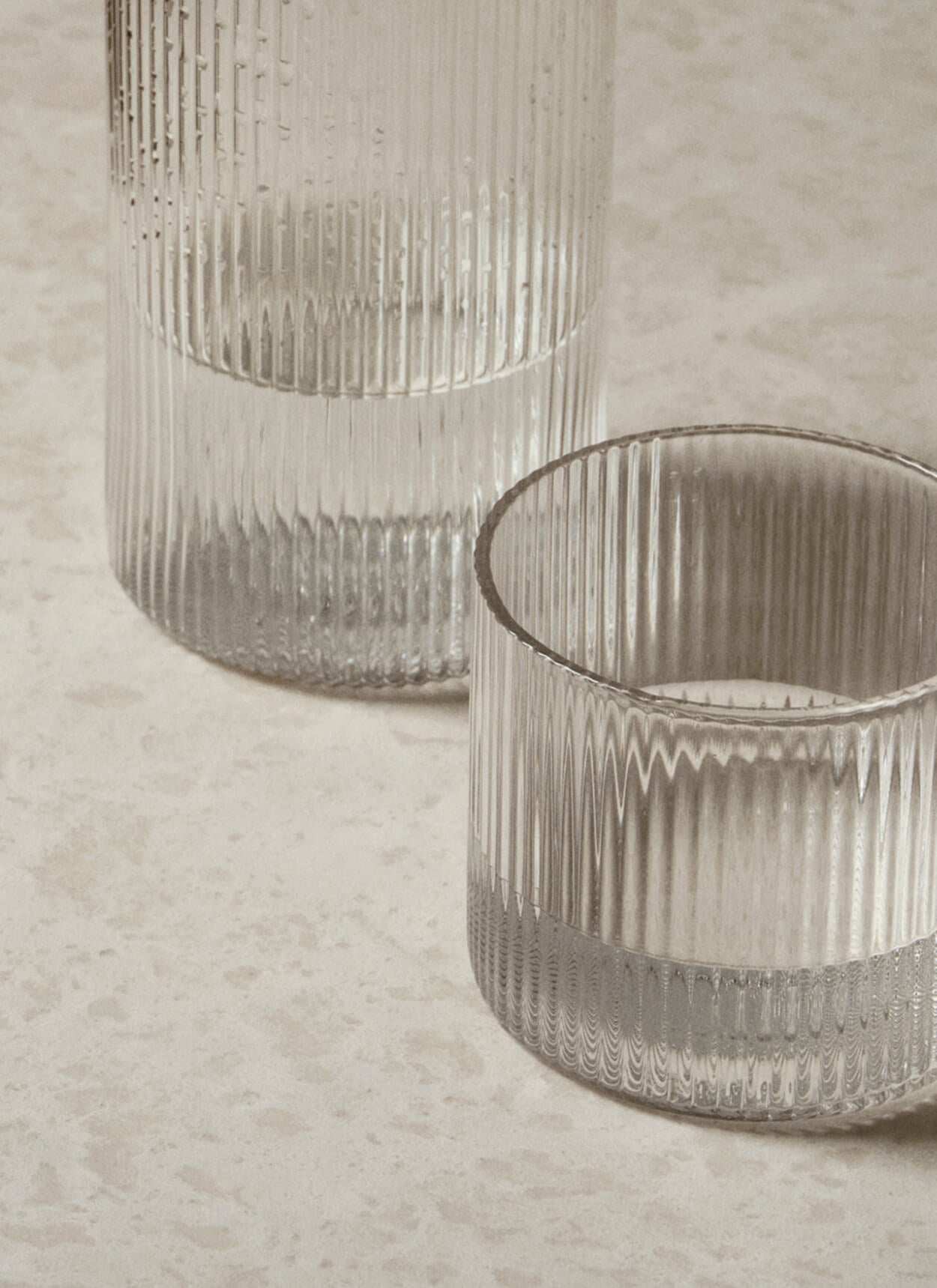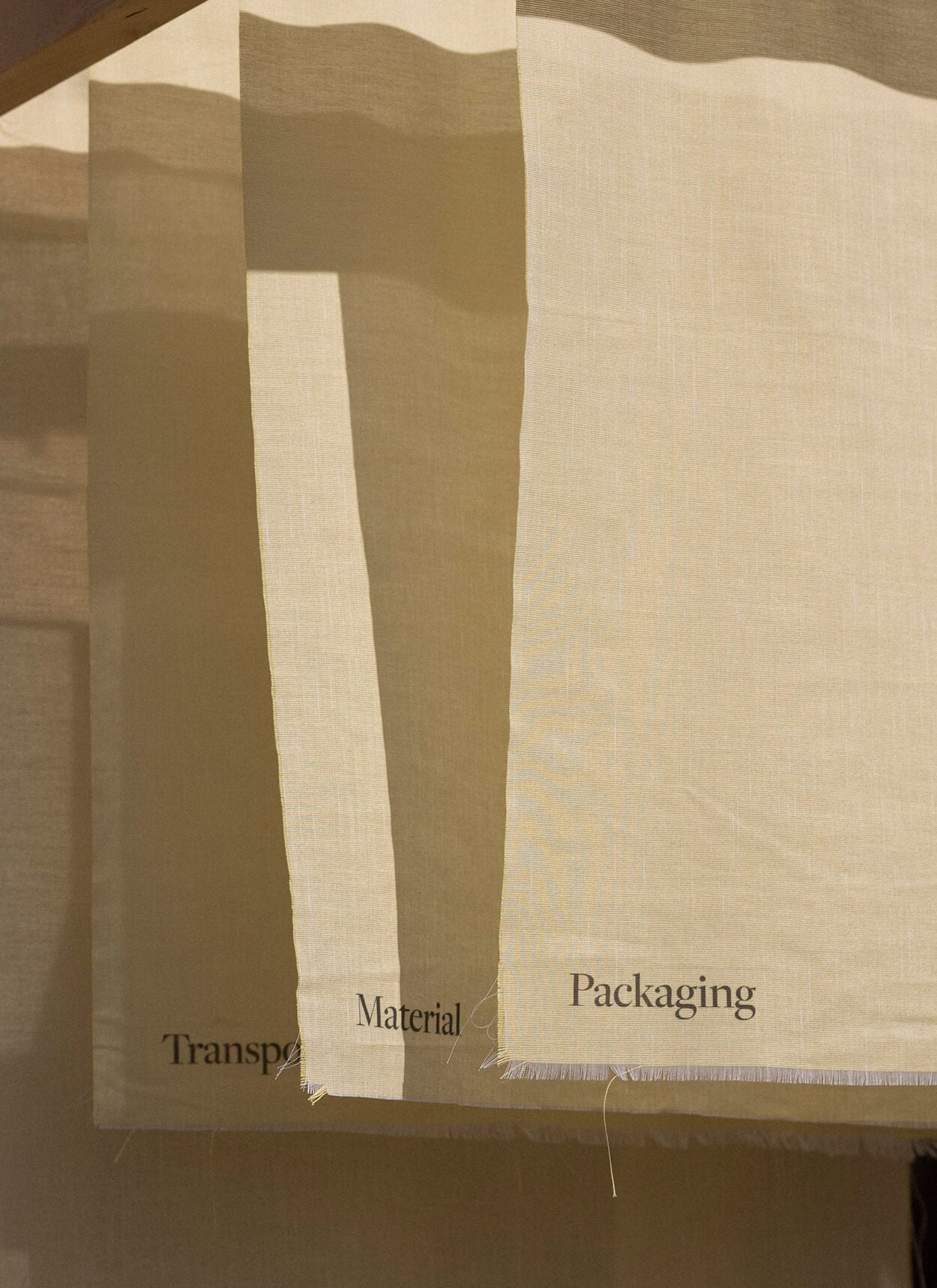The Holiday Collection
Set the Holiday Table with Celia Solf
#livingwithferm
We love seeing how you incorporate our designs into your home. Tag us with #fermliving, #fermlivingkids or #livingwithferm to share your favourite Ferm Living moments with us.










































